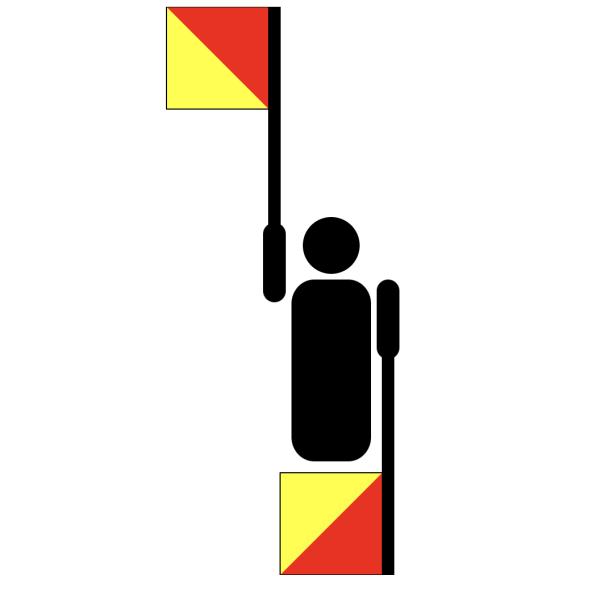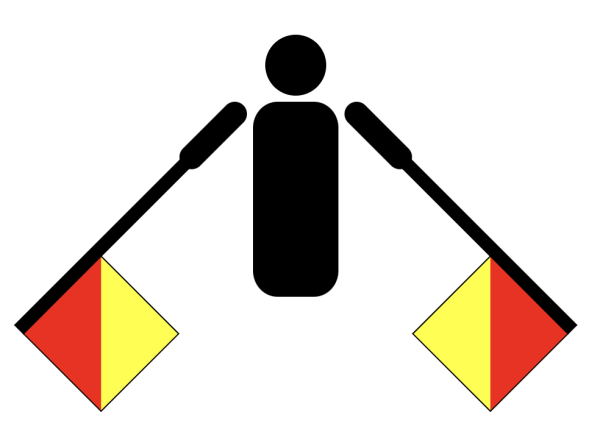
ChatGPT
In 2012, CADA embraced a theme that resonated deeply with leaders across California: “Peace, Love, CADA: A Leadership Revolution,” a vision brought to life by Monica Anderson (CADA President 2012-2013). We felt it only fitting that following Mrs. Anderson’s state recognition as the 2025 Jack Moore Award Winner, we reflect back for a moment. This theme called upon educators and student leaders to foster harmony, compassion, and transformative leadership within their schools and communities. As we reflect on that pivotal year, its message feels as relevant as ever in today’s complex and polarized world. Revisiting the values of peace and love reminds us of the power of unity and understanding—a message worth carrying forward as we continue to inspire and empower the next generation of leaders.
The peace symbol, an enduring emblem of hope and harmony, emerged as a beacon of collective action during a time of intense global tension. Created in 1958 by British designer Gerald Holtom, the peace symbol was initially designed for the Campaign for Nuclear Disarmament (CND) in the United Kingdom. Its striking simplicity combines the semaphore signals for the letters “N” and “D,” representing “nuclear disarmament,” encased in a circle symbolizing the world’s unity.
Though it began as a call for nuclear disarmament, the peace symbol quickly transcended its origins. By the 1960s, it became synonymous with the American civil rights and anti-Vietnam War movements, embodying a broader ethos of nonviolence and justice. Over the decades, it has continued to serve as a rallying point for peace-focused movements worldwide, including environmentalism, LGBTQ+ rights, and social justice campaigns.
Today, the peace symbol reminds us of humanity’s shared desire for harmony, even amidst polarized times. It encourages reflection and inspires action, urging us to find common ground despite our differences.
Bridging the Divide: Practical Steps for Unity in Schools and Leadership
For educators and student leaders alike, fostering peace and understanding in the face of differing viewpoints is critical. Here are five strategies to bridge gaps effectively:
Focus on Common Goals:
Identify shared objectives, such as creating a welcoming school environment or improving student engagement. Highlighting mutual interests fosters collaboration and reduces divisions.
Promote Active Listening:
Encourage all parties to genuinely listen to each other without interrupting. Restating what the other person says before responding can help clarify misunderstandings and validate differing perspectives.
Use Neutral Language:
Avoid emotionally charged words or phrases. Frame conversations with curiosity rather than judgment to maintain a respectful tone and encourage dialogue.
Encourage Empathy Exercises:
Role-playing or storytelling can help participants understand opposing viewpoints. When individuals “walk in someone else’s shoes,” they often develop greater compassion and insight.
Create Safe Spaces for Dialogue:
Establish settings where everyone feels comfortable expressing themselves, free of ridicule or hostility. Structured activities like facilitated discussions or guided mediations can help foster productive conversations.
As we revisit themes like “Peace, Love, CADA: A Leadership Revolution,” let us also embrace the lessons of the peace symbol. It reminds us that unity isn’t about erasing differences but about recognizing the value in diversity and striving for a better world together.
Let’s lead with peace and love—today and every day.

